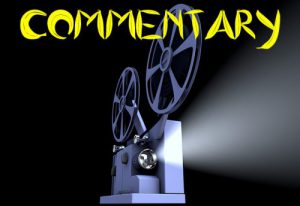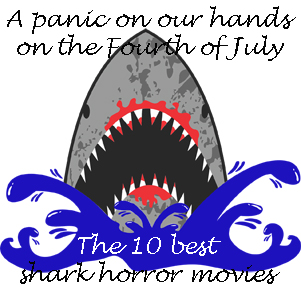Hollywood has been sucking up to creatures of the night lately. Mirroring the hit “Twilight” franchise, Hollywood is up to its neck in vampires, staking tentpole movies and hyped-up TV shows on the fact that people suddenly seem to dig the bloodsuckers.
The public’s current vampire fixation started with “Twilight,” a young-adult novel by Stephenie Meyer that came out in 2005. I had not heard of “Twilight” until about a year ago, when the hype machine went into overdrive for the fourth novel and the first movie, which came out later in 2008.
The mainstreaming of “Twilight” came along soon after the release of the final “Harry Potter” book in 2007, when marketers and media (and young readers, of course) suddenly had a void to fill. While it has long been acceptable for adults to read the “Harry Potter” books (I have done so, happily), I feel very much on the outside of the “Twilight” craze. The series is marketed to teenage girls who like romance stories, and judging by the reviews I’ve read, Meyer doesn’t venture beyond that target audience.
So I haven’t read “Twilight,” and I don’t really have any desire to (although if at some future job, my editor asks me to read the saga and provide a newbie’s viewpoint — well, it beats covering cops and courts).
The “Twilight” series began a year after the 2004 cancellation of “Angel,” and the end of the previous vampire golden age. Because of my love for “Buffy/Angel,” I am unable to enjoy other vampire shows. The WB mulled a “Dark Shadows” remake a year after cancelling “Angel”; they dropped the idea, and I like to think it was due to the disgust of “Angel” fans. The existence of “Moonlight” (2007-08 on CBS), which blatantly ripped off “Angel’s” good-vampire-detective premise, disgusted me even more.
I’m also going to have to pass on The CW’s “Vampire Diaries,” coming this fall from Kevin Williamson. I liked Williamson’s last TV show, the summer 2007 mystery “Hidden Palms,” but it’s not enough to break my anti-vampire bias when it comes to new TV shows.
I might make an exception for “True Blood” — which is currently promoting its second season — if only because it has Anna Paquin in it (she’s definitely in my all-time top 10). Also, HBO shows tend to be quite different from anything on the networks — this is both good (originality) and bad (extreme sex and violence, which doesn’t appeal to me). I watched the first episode when I had a free HBO preview, and it held my attention, but it didn’t make me subscribe to HBO.
As vampires become more popular in the real world, they are also becoming less of the outcast in their fictional worlds.
On “Buffy,” we learned that a vampire is a demon that inhabits a human shell, but nowadays, vampires are portrayed as if they are human themselves. In “True Blood,” they drink the title concoction, a synthetic blood that allows them to stop feeding on humans, and thus participate in society. Judging by the previews, “The Vampire Diaries” also takes place in a world where vampires are more or less accepted.
Even “Buffy” itself has brought vamps out of the shadows in its current ongoing story. In Joss Whedon’s Season Eight from Dark Horse Comics, vampires are more respected in society than Slayers are. In the latest issue (a one-shot titled “Tales of the Vampires”), a small-town teenager is turned into a vampire, and his mom doesn’t even bat an eye — the kid simply moves from his bedroom into the basement.
None of this really makes storytelling sense to me — vampires only work as scary and/or tragic figures if they are on the fringes, right? I guess it’s appropriate, though, because vampires have never been more in the mainstream.
Any theories on why vampires are so popular at the moment? Or is this merely an example of cyclical, copycat Hollywood doing its thing?


